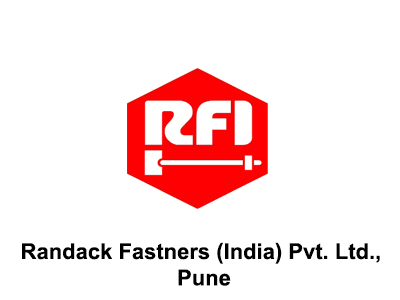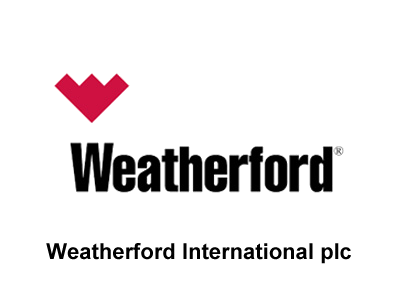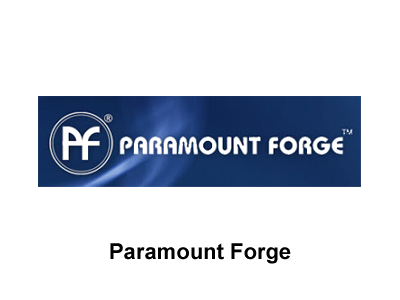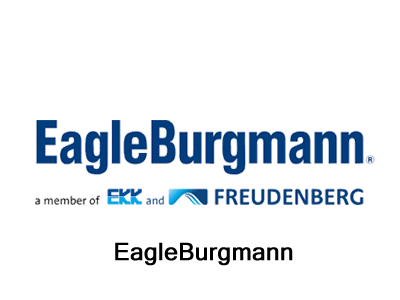Our organisation believes to work with our partners and associates, grow in folds, develop and expand with the latest technology available. We take care of our promise to deliver in time but in no condition do we compromise with the quality of our heat treatment procedures. Gaurang Heat Treaters Pvt. Ltd. has built a strong reputation among its clients for high quality heat treatment services & modernized techniques. Proven commitments to innovation in heat treatment technology, excellence in quality and customer satisfaction for years has earned us an ISO 9001:2015 certification.
Industries
Services
Hardening & Tempering
Hardening is achieved by heating the steel to its austenitizing temperature and quenching rapidly to obtain high hardness and strength. Tempering follows hardening, where the quenched steel is reheated to a lower temperature to reduce brittleness while maintaining strength. This combination delivers the optimum balance of toughness, wear resistance, and mechanical reliability.
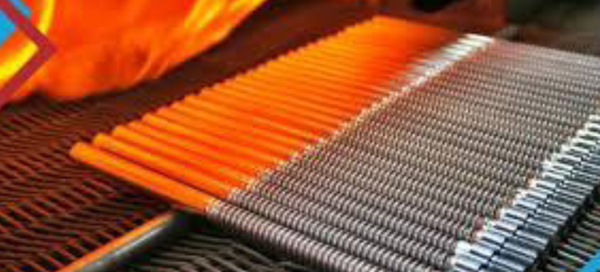
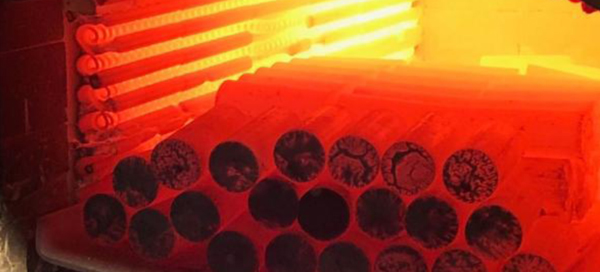
Annealing
Annealing involves heating the material to a specified temperature followed by slow cooling, usually in a furnace. The process relieves internal stresses, softens the material, and restores ductility. Annealed steels exhibit excellent machinability and formability, making them suitable for precision engineering and further cold working operations.
Normalizing
Normalising is a heat treatment process where steel is heated above its critical temperature and cooled in still air. This treatment refines the grain structure, improves machinability, and provides uniform mechanical properties. It is commonly applied to forgings and castings to enhance toughness and prepare them for further machining or processing.
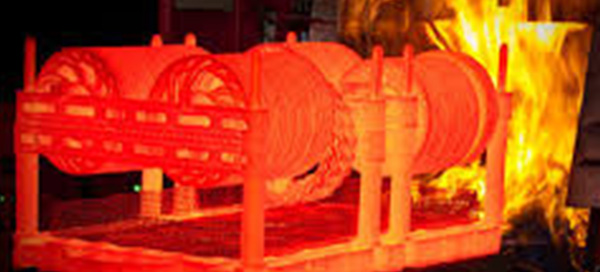
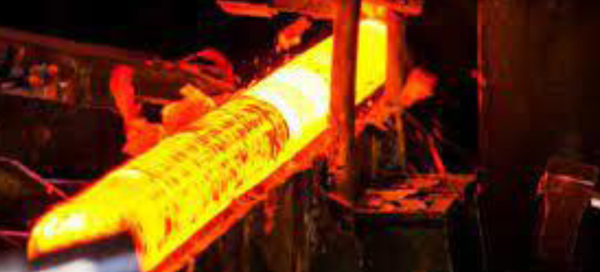
Solution Annealing
Solution annealing is primarily used for stainless steels and high-alloy materials. The process involves heating to high temperatures (typically 1000–1100°C) to dissolve carbides, followed by rapid cooling to restore corrosion resistance. This treatment ensures improved toughness, ductility, and resistance to intergranular corrosion, making it ideal for critical applications in chemical, pharmaceutical, and marine industries.
Stress Relieving
Stress relieving is carried out at sub-critical temperatures to minimize residual stresses generated during machining, welding, or cold working. This process helps to prevent distortion, cracking, and premature failure in service while maintaining the mechanical properties of the material. It is widely applied in heavy engineering, fabrication, and precision component manufacturing.
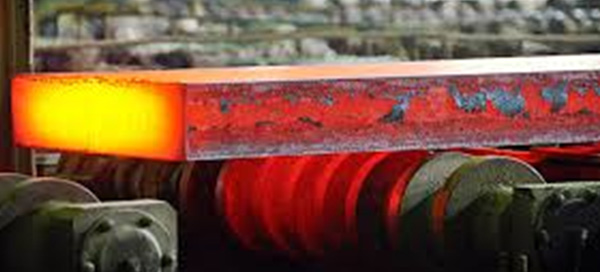
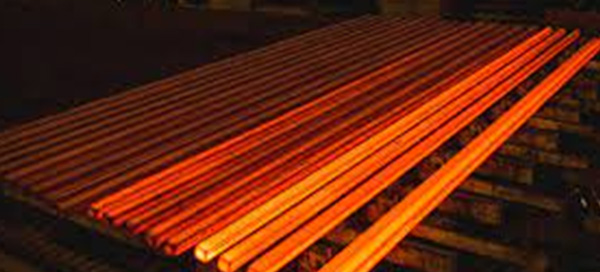
Precipitation Hardening
Precipitation hardening is a specialized heat treatment used for stainless steels, nickel alloys, and aluminum alloys to achieve high strength without loss of corrosion resistance. The process involves solution treatment, quenching, and controlled ageing, which produces fine precipitates within the microstructure. These precipitates significantly increase hardness and tensile strength, making the material suitable for aerospace, defense, and high-performance engineering applications.
Drawing & Cutting
Drawing is a cold working process in which bars or wires are pulled through a die to reduce their diameter and improve surface finish. This process enhances dimensional accuracy, tensile strength, and straightness of the material. Drawn bars are widely used in precision machining, fasteners, and critical engineering components where close tolerances are required.
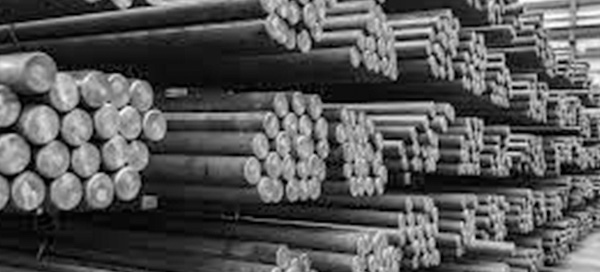

Shot Blasting
Shot blasting is a surface treatment technique where steel shots or abrasive media are blasted at high velocity onto the material's surface. This process removes scale, rust, and contaminants while improving surface finish and preparing the material for further coating, painting, or inspection. Shot blasting also imparts compressive stresses on the surface, enhancing fatigue resistance.
Peeling
Peeling is a machining process where the outer surface of steel bars is removed using specialized peeling machines. It eliminates surface defects, scale, and decarburized layers, providing a bright, smooth, and defect-free finish. Peeled bars offer superior quality and reliability, making them ideal for applications in automotive, aerospace, hydraulics, and high-precision engineering.
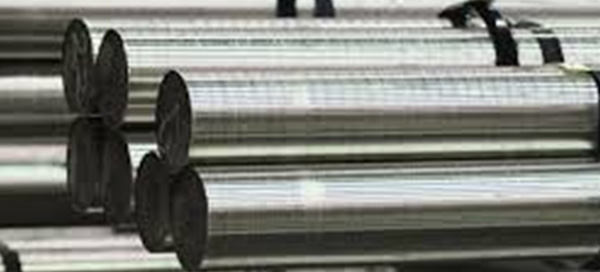
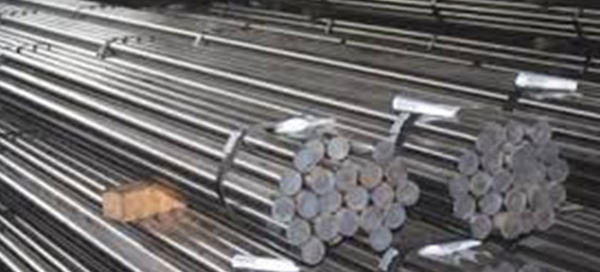
Strain hardening & Cold Finishing
Strain hardening, also known as work hardening, is the process of strengthening a metal by plastic deformation. When steel or stainless steel is drawn, rolled, or cold worked, the dislocation density in the crystal structure increases. This makes the material harder and stronger, while slightly reducing its ductility.









